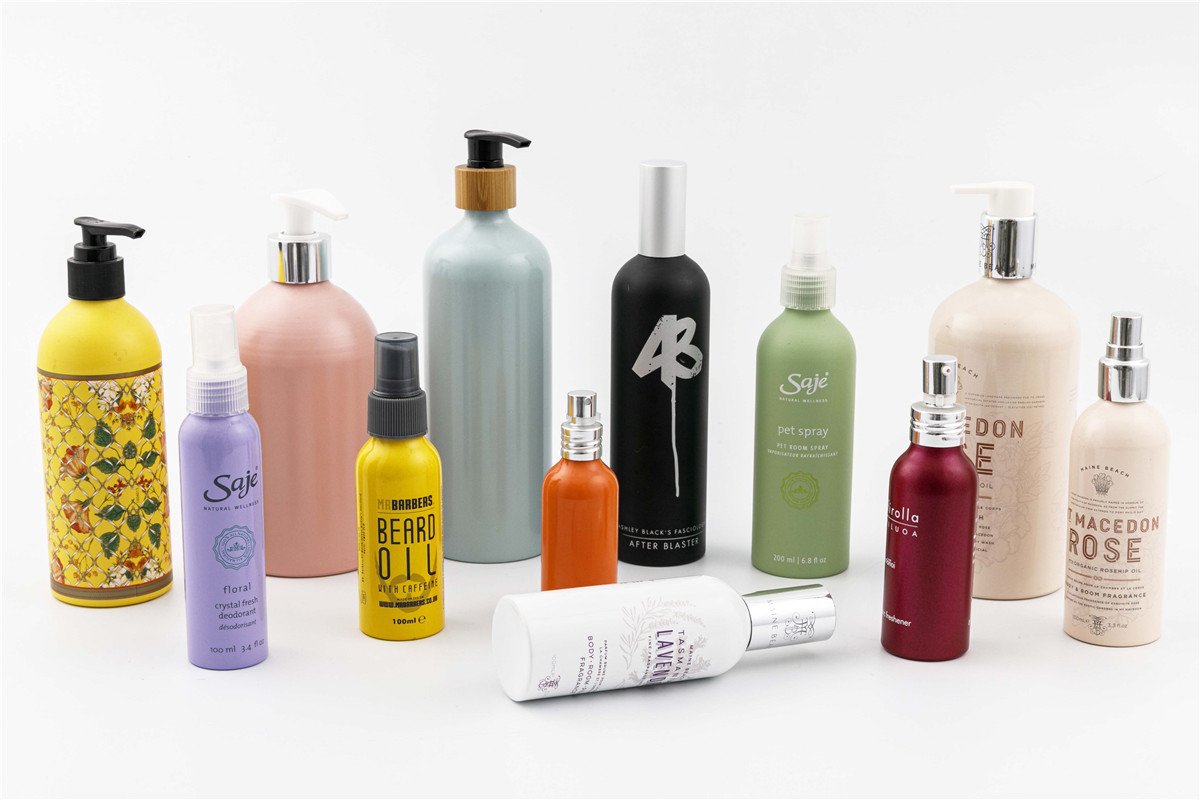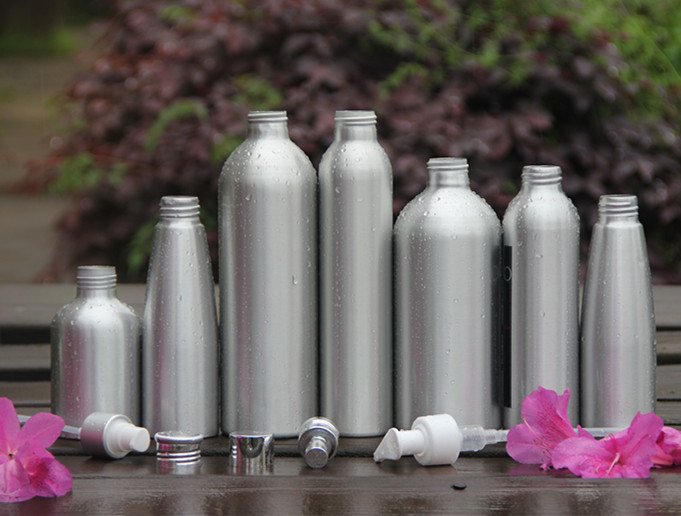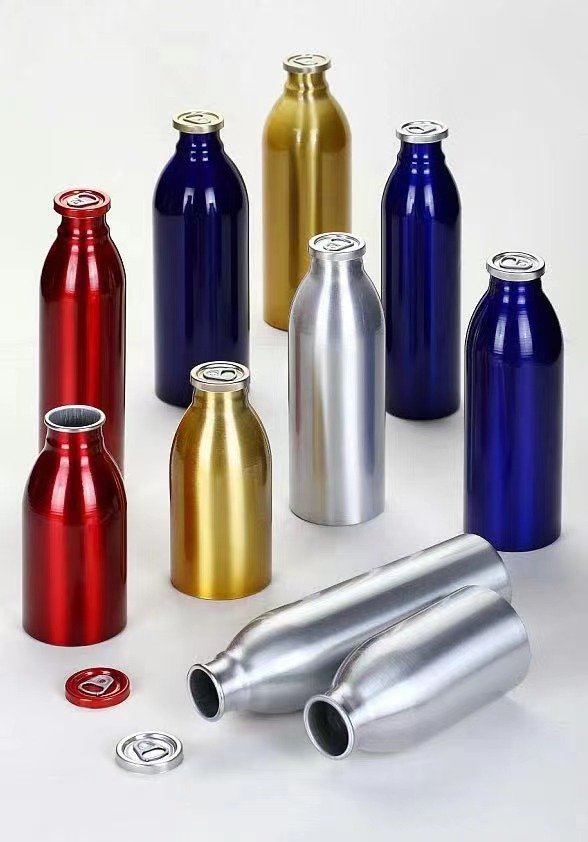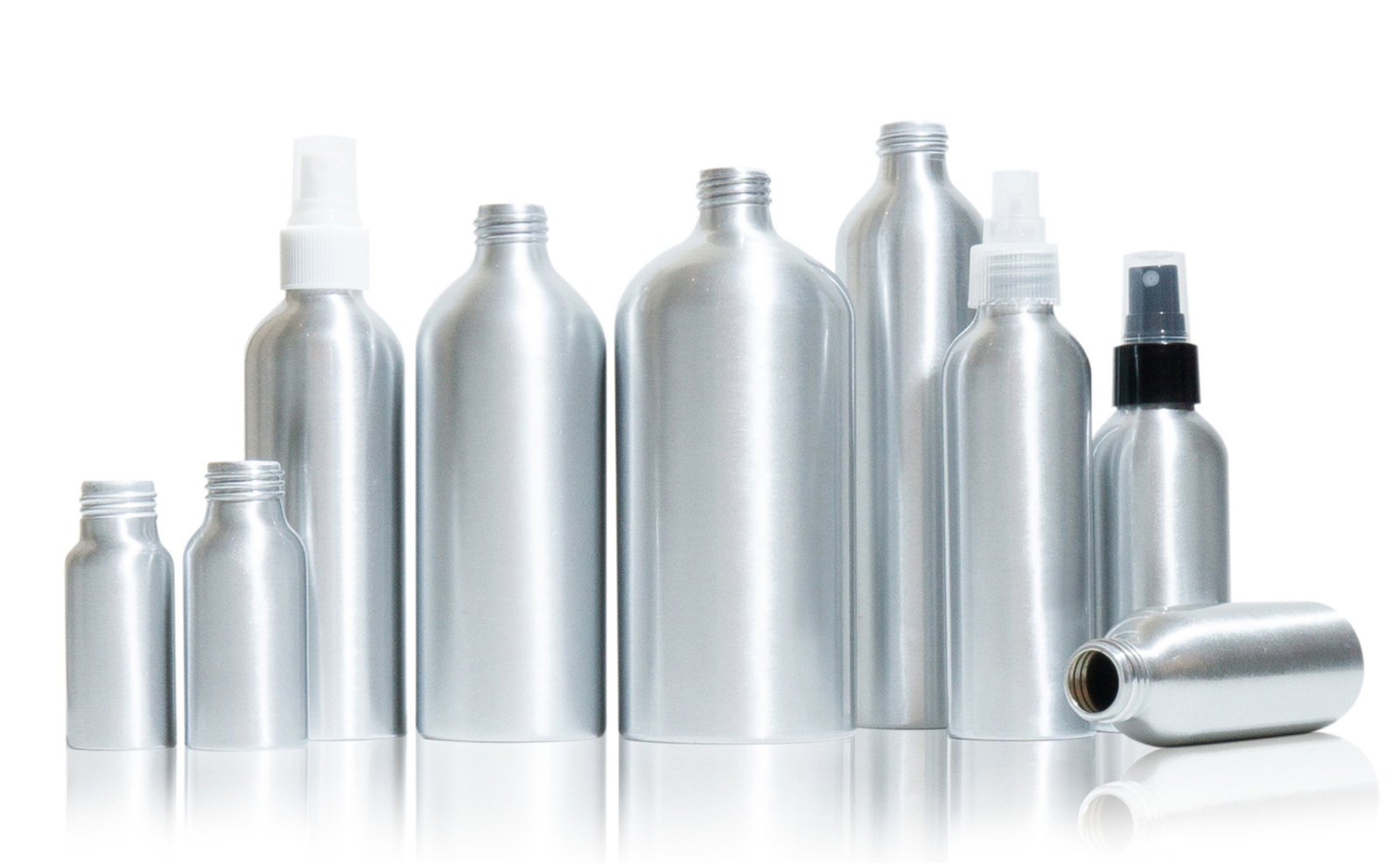Aluminum Packaging vs. Plastic Packaging in Beauty: Which is Better?
As the beauty industry continues to shift towards more sustainable practices, aluminum packaging has been gaining popularity as an eco-friendly alternative to plastic. But is it really better than plastic? Let’s take a closer look at the pros and cons of both materials.

Aluminum packaging is infinitely recyclable, which means it can be recycled over and over again without losing its quality. In contrast, plastic can only be recycled a limited number of times before its quality starts to degrade. Additionally, aluminum is a more durable material that can withstand higher temperatures and is less likely to break or leak. This makes it a suitable choice for packaging cosmetics and other beauty products that may require more protective packaging.
On the other hand, the production of aluminum packaging can be energy-intensive and aluminum mining and extraction can have a significant environmental impact. Furthermore, some consumers may find aluminum packaging to be heavier and more difficult to transport compared to plastic.

Plastic packaging, while not as sustainable as aluminum, has its own benefits. It is a lightweight material that is easy to transport and can be more affordable than aluminum packaging. Plastic can also be recycled and repurposed into a variety of products, such as clothing, furniture, and even playground equipment.
Ultimately, the decision between aluminum and plastic packaging comes down to a balance between sustainability, durability, and practicality. Brands and consumers need to weigh the benefits and drawbacks of each material based on their individual needs and values.
In the beauty industry, many brands are turning to aluminum packaging as a way to reduce their environmental impact and appeal to consumers who prioritize sustainability. However, it’s important to remember that no material is perfect and each has its own environmental footprint. The key is to make informed decisions about packaging that take into account the entire lifecycle of the product.
In conclusion, while aluminum packaging may be trending in beauty right now, it’s important to evaluate the pros and cons of both aluminum and plastic packaging before making a decision. By doing so, we can create a more sustainable and eco-friendly future for the beauty industry.
What do we offer?
Aluminum Bottles for cosmeticsAluminum cans such as aerosol cansAluminum jarsAluminum beverage bottlesAluminum tubesAluminum esssential oil bottles






What is aluminum packaging?
Aluminum packaging is made from aluminum, a lightweight metal that is known for its strength and durability. Aluminum is also non-toxic and non-reactive, making it a safe choice for food and beverage packaging. Additionally, aluminum is highly malleable, which means it can be easily shaped into different forms and sizes. This makes it a versatile material for packaging products of all kinds.
One of the key advantages of aluminum packaging is its resistance to corrosion and oxidation. When exposed to air, aluminum forms a thin layer of oxide on its surface that helps to protect it from further corrosion. This makes it an ideal material for packaging products that may be exposed to moisture or other environmental factors.
Aluminum packaging is also available in a variety of forms, including cans, tubes, bottles, and pouches. This makes it a versatile choice for packaging products of different shapes and sizes. Additionally, aluminum packaging can be customized with printing and labeling, making it a great choice for branding and marketing purposes.
Is aluminum in food packaging safe?
Aluminum is a common material used in food packaging, from cans to foil.
Aluminum is a naturally occurring metal that is found in soil, water, and air. It is also commonly used in a variety of industries, including food packaging. While aluminum is generally considered safe, there have been concerns about its potential health effects. One of the main concerns is that aluminum can leach into food from the packaging.
Studies have shown that small amounts of aluminum can leach into food from aluminum packaging. However, the levels of aluminum that leach into food are generally considered safe. The World Health Organization (WHO) has set a provisional tolerable weekly intake (PTWI) for aluminum, which is 2 mg of aluminum per kilogram of body weight. This means that a person weighing 70 kg can consume up to 140 mg of aluminum per week without any adverse health effects.
All of the aluminum packaging we provided, with a food grade inner coating from PPG or VASPAR. It cans prevents aluminum from reacting with other products.

If you are looking for aluminum packaging, welcome to contact us to talk more. Free samples can be provided to you for testing first.






